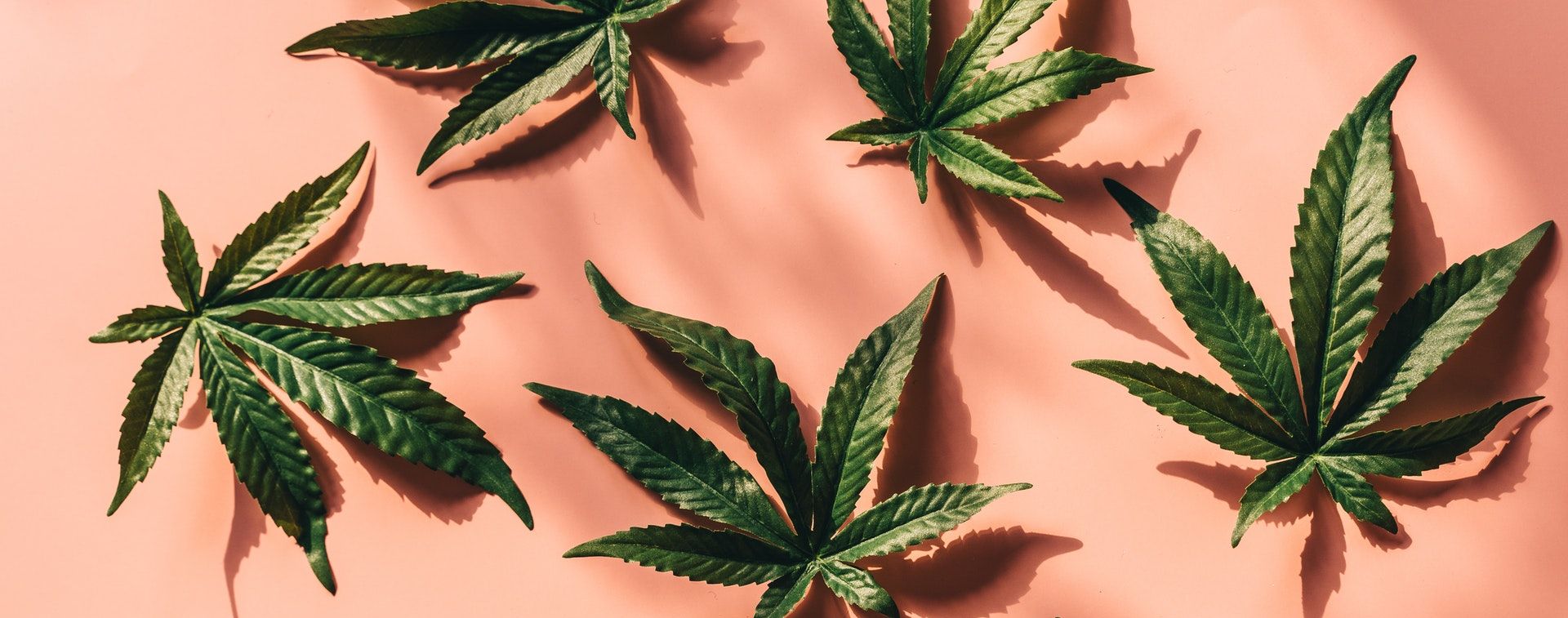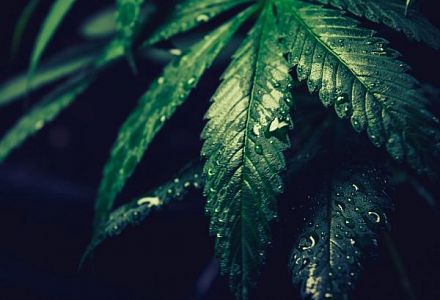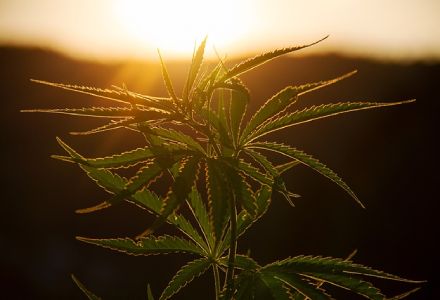Sativa, Indica and Ruderalis are perfect examples of Mother Nature at work. They share multiple qualities, as they are all species of the same plant. But they have also developed significant differences, which help them survive in different climates.
The knock-on effect is that, over time, humans have learnt to use all of these different types of cannabis plants for various purposes. So, what are these differences, and why do they matter? Let's find out.
The differences between the big 3
It is very easy to tell these 3 apart just by looking at them. If you had the chance to see these plants grow next to each other, you would notice (immediately) that Sativa, Indica & Ruderalis differ in size and shape. But there are more differences than just the ones we can see with the naked eye.
Cannabis Sativa
Cannabis Sativa is the tallest and slimmest of them all. It produces long and narrow leaves and feels most at home in tropical climates. While this has not been scientifically proven, it is commonly believed that the application of Cannabis Sativa tends to provide an energising and euphoric psychoactive effect. In addition, some people who apply it regularly claim it allows for a clear, more relaxed and focused mind, enabling them to prosper in social situations or stay focused on projects at hand. Some believe this is due to naturally high CBD content and balanced terpenes (responsible for how the flowers smell).
A great example of Cannabis Sativa is Hemp, a cannabis plant known for its industrial applications and its very high CBD content. It also has very low levels of THC (the psychoactive cannabinoid found in cannabis) and is often used to produce CBD products, such as Herbliz CBD oils and other wellness products.
Cannabis Indica
Cannabis Indica plants tend to be shorter and bushier than Cannabis Sativa. This plant has broad leaves and grows best in environments slightly cooler than that of its cousin. An environment that replicates the mountainous regions of Pakistan or Afghanistan is ideal, as those are the places where Cannabis Indica is believed to originate from.
Indica strains (variations of the Cannabis Indica species) tend to be high in THC. As a result, consumption often leads to a feeling of deep body relaxation, which could possibly make it helpful for pain management
However, current research focuses primarily on people with severe pain that can not be managed by standard prescribed medication, which means that more research still needs to be done to understand the role THC can play in pain management.
Please note!
Currently, studies about this topic(s) are not representative. Fundamental statements about improvements of problems and/or conditions, therefore, can't be done.
Cannabis Ruderalis
Cannabis Ruderalis is the shortest and bushiest of the three types. What makes it very special is that it can grow nearly everywhere. Sativa and Indica are susceptible to the climate they grow in. If not provided with the right amount of water, nutrition and, most importantly, light, Sativa and Indica will not enter a flowering stage, which is necessary to create products with high amounts of cannabinoids.
Contrary to Cannabis Sativa and Cannabis Indica, Cannabis Ruderalis will grow nearly everywhere. It is so good at growing in hostile environments that it was considered nothing more than a regular weed for a very long time.
Another differentiator of Cannabis Ruderalis is that it does not depend on light exposure for the flowering process, unlike its other two cousins. Instead, it enters this crucial flowering stage after achieving a certain age (usually 3 to 4 weeks). Scientists think this might be a result of having to adapt and grow in Russia and Central Asia's harsh and unpredictable weather conditions. Ruderalis is naturally high in CBD and low in THC levels. The THC content usually oscillates around 3%, which is still higher than Hemp, making it illegal in Europe.
The Different Applications of Sativa, Indica & Ruderalis
Cannabis Sativa and Cannabis Indica are often used for medical purposes. However, it is tough to tell which one is better, as scientists question the usefulness of the widespread Indica and Sativa categorisation model, which is used to predict the effect a strain will have on its user. Instead, a lot of focus is being put on exploring single cannabinoids, such as CBD and THC, and finding the most beneficial ratios between them.
And what about Ruderalis? Ruderalis is most valued for its ability to produce flowers based on its age, not light exposure. Crossbreeding it with Sativa or Indica strains allows for easier and faster growth. It makes growing cannabis easy enough for anyone to grow it at home without too many requirements, as long as they live in a country where growing cannabis plants is legal.
Please be careful with THC consumption!
If this post got you curious about THC, there are a few things we want you to remember. First of all, high THC amounts are illegal in most parts of the world. However, most EU countries allow its use for medical purposes, but only for selected diseases and only under the supervision of a doctor.
And there is a reason for this. While early research suggests THC can be beneficial, it can also have very unpleasant side effects. While no one has ever died from THC overdose (as far as we know), THC consumed in excess can lead to an adverse reaction:
- Paranoia
- excessive tiredness
- lethargy
- temporary memory loss
- change of perception
- dizziness
- and slower response time
are just a few examples.
But you don't need to worry about any of these issues if you purchase hemp-derived CBD products made in Europe. Even those categorised as full-spectrum, meaning they include all compounds found in the cannabis plant, will rarely contain more than 0.2% THC. We go a step further and make sure that our products never exceed 0.01%.
And why don't we remove THC from all of our products? Because early research suggests that when CBD is applied together with other cannabinoids and terpenes found in the cannabis plant, its potential benefits get amplified. This is called the entourage effect.
Important!
At the moment, studies about this topic(s) are not representative. Fundamental statements about improvements of problems and/or conditions, therefore, can't be done.
CBD only - products to apply safely
Suppose medical cannabis is legal in your country of residence. If you believe that traditional medication hasn't worked for you, and your medical condition is severe enough to explore the potential benefits from THC application, make sure to talk to your doctor about it. Together with your doctor, you can then decide if including THC in your life will bring enough benefits to justify the side effects.
But if you want to avoid any side effects caused by THC, yet still want to improve your general wellbeing by incorporating cannabis supplements into your diet, CBD might be the right choice for you.
CBD will allow you to explore what impact cannabis can have on your life safely and easily.




